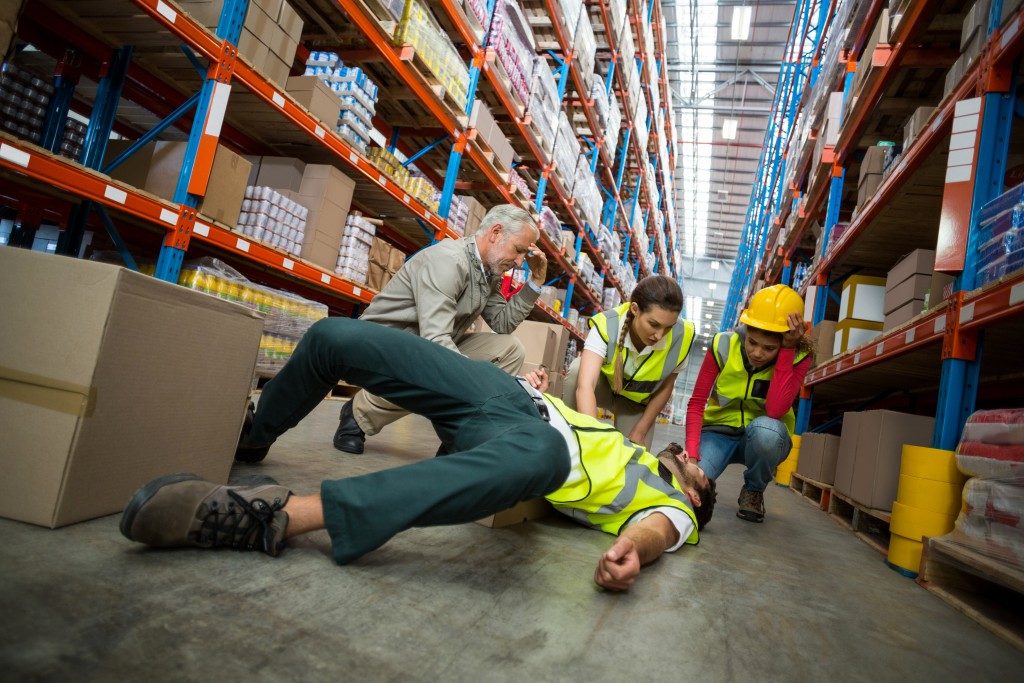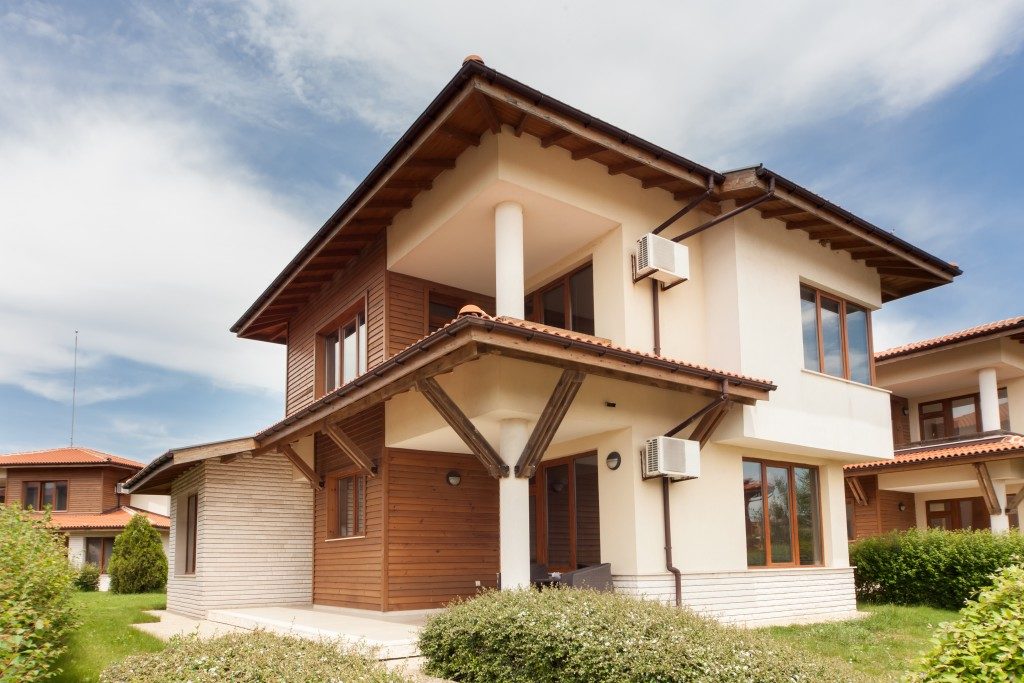With the rise of mass production and automation, items can be produced in greater volumes than ever before. As a result, many companies — particularly retailers — needed a place to store all of their inventory, so that they can easily retrieve these when necessary. As the amount of inventory continued to grow, in-house storage space was no longer going to be enough. This resulted in the rise of the warehousing industry.
Today, warehouses are largely automated and are primarily employed by large retailers and shipping companies, especially today with the rise of online shopping and delivery. With warehouses also evolving from small storage areas to large complexes employing thousands of people, there is also a need for heavy equipment to be used, and with the use of machinery comes a risk of accidents.
Because of this, there is an increased need for safety measures to be implemented in warehouses. Accidents can happen quite easily, meaning that a regular warehouse safety audit is a must to ensure that working conditions remain safe for employees.
Here are some of the most common types of accidents that can take place in a warehouse:
Heavy Equipment Accidents
The most common piece of heavy equipment used in warehouses is the forklift. Forklifts are used to lift and move materials over short distances around the warehouse. Forklift accidents have been known to lead to death when a worker is crushed or pinned to a wall by a malfunctioning forklift. Even if it does not result in death, an improperly operated forklift can result in damage to both the goods and the warehouse itself.
Hence, it is important that all forklift drivers are properly trained in how to operate the machine, as well as in the necessary safety protocol. In fact, all warehouse workers — including those who do not operate forklifts — should understand the general protocol when dealing with a forklift, in order to involve becoming a victim of a horrific accident.
Trips and Slips

Despite being very preventable, tripping and slipping in a warehouse is incredibly common, so much so that they are responsible for around a quarter of onsite injuries. There are multiple hazards that may result in a worker tripping, ranging from stray cords and wires to scattered materials. There may also be damage on the warehouse floor, such as cracks or bumps in the tiles that could lead workers to trip.
Given that warehouse employees are asked to move around quickly to stock and retrieve merchandise, it is important that their way be made clear as much as possible. Not only will this improve efficiency, but it will also ensure that no workplace injuries occur, thus being beneficial for the workers as well.
Falls
As the storage space needed by warehouses continue to increase, many are adding second levels to the complex. With this, falls from the upper levels can become a problem, contributing to around 15 percent of all workplace fatalities. Though many occur from a height of less than 15 feet, this can nevertheless cause preventable injuries.
Falls may also be caused by a loss of balance while attempting to reach for materials from a forklift or ladder. Given the number of scenarios under which falls can occur, it would be helpful to provide all workers with fall protection equipment. This way, they can do their jobs efficiently without fear of injury.



